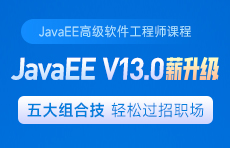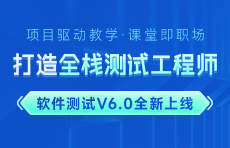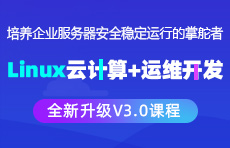用Mapreduce怎么处理数据倾斜问题?
更新时间:2023年03月14日09时57分 来源:传智教育 浏览次数:

在 MapReduce 中,数据倾斜指的是在Reduce阶段中某个Reducer处理的数据量过大,导致该Reducer的处理时间过长,从而导致整个任务的运行时间变长。
下面是一些处理数据倾斜问题的技术:
1.预处理:在Map阶段前对数据进行预处理,将数据分成更小的数据块,以便在Reduce阶段更均匀地分配数据。
2.随机化:在Map阶段中,使用一些随机函数将数据随机分配给不同的Reducer。
3.合并:在Map阶段后对数据进行合并,将一些数据量较小的数据块合并为一个数据块,以便更均匀地分配给Reducer。
4.聚合:在Map阶段后对数据进行聚合,将具有相同键的数据合并为一个键值对。
下面是一些代码演示,展示如何使用Java实现MapReduce处理数据倾斜问题:
1.使用随机函数对数据进行分区:
public static class RandomPartitioner extends Partitioner<Text, IntWritable> {
@Override
public int getPartition(Text key, IntWritable value, int numReduceTasks) {
Random random = new Random();
return random.nextInt(numReduceTasks);
}
}
在Map阶段中,使用RandomPartitioner将数据随机分配给不同的Reducer。
2.在Reduce阶段中使用Combiner:
public static class Reduce extends Reducer<Text, IntWritable, Text, IntWritable> {
@Override
protected void reduce(Text key, Iterable<IntWritable> values, Context context) throws IOException, InterruptedException {
int sum = 0;
for (IntWritable value : values) {
sum += value.get();
}
context.write(key, new IntWritable(sum));
}
@Override
protected void cleanup(Context context) throws IOException, InterruptedException {
// 在Reduce结束时,使用Combiner再次聚合数据
super.cleanup(context);
context.getCounter(COUNTER_GROUP, COUNTER_COMBINE_INPUT_RECORDS).increment(combineInputRecords);
context.getCounter(COUNTER_GROUP, COUNTER_COMBINE_OUTPUT_RECORDS).increment(combineOutputRecords);
}
}
在Reduce结束时,使用Combiner再次聚合数据。这样可以将一些数据量较小的数据块合并为一个数据块,以便更均匀地分配给Reducer。
3.使用多个Reducer:
job.setNumReduceTasks(10);
使用多个Reducer可以将数据更均匀地分配给不同的Reducer。在设置Reducer数量时,需要根据数据量和集群资源进行合理的调整。
4.对数据进行重复:
public static class Map extends Mapper<LongWritable, Text, Text, IntWritable> {
private final Text word = new Text();
private final IntWritable one = new IntWritable(1);
@Override
protected void map(LongWritable key, Text value, Context context) throws IOException, InterruptedException {
// 对数据进行重复
for (int i = 0;
// 重复数据的数量
int repeatCount = 10;
String[] words = value.toString().split(" ");
for (String w : words) {
for (int i = 0; i < repeatCount; i++) {
word.set(w);
context.write(word, one);
}
}
}
}
对数据进行重复可以将数据更均匀地分配给不同的Reducer。在这个例子中,每个单词被重复了10次,这样可以将原本分布不均匀的数据更均匀地分配给不同的Reducer。 需要注意的是,处理数据倾斜问题的技术不是万能的,需要根据具体的情况进行选择和调整。


















 AI智能应用开发
AI智能应用开发 鸿蒙应用开发
鸿蒙应用开发 HTML&JS+前端
HTML&JS+前端 Python+大数据开发
Python+大数据开发 人工智能开发
人工智能开发 跨境电商
跨境电商 电商视觉设计
电商视觉设计 软件测试
软件测试 新媒体+短视频
新媒体+短视频 集成电路应用开发
集成电路应用开发 C/C++
C/C++ 狂野架构师
狂野架构师 IP短视频
IP短视频





















